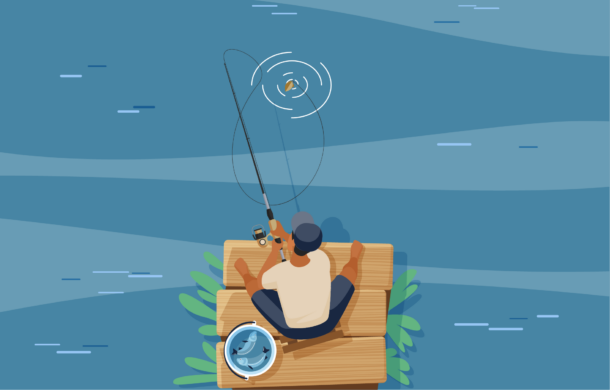Roxana Redis, Associate Science Director of Advanced Modalities, Charles River Laboratories, talks to Jade Williams about what drew her into the exciting field of RNA, the challenges she’s tackling within her role and more
Interview by Jade Williams
What drew you into the field of RNA?
I remember reading the first articles about non-coding RNAs right as I was starting my PhD and being amazed by the versatility of these molecules. RNAs can encode for proteins, small peptides or exert its function as an RNA. They can fine-tune any regulatory process through their ability to generate different splice isoforms or adopt different tertiary structures. RNA can be a target and a tool to treat diseases. Needless to say, I have been fascinated with RNAs ever since and I have dedicated my career to understanding RNA biology and using them to develop treatments.
What does a typical day look like for you as Associate Science Director of Advanced Modalities?
Most of my day is taken up by the number of initiatives related to RNA therapeutics that I am leading, such as advancing our oligonucleotide portfolio or building our mRNA-LNP platform. This includes speaking with internal and external stakeholders and managing the teams that work on the different initiatives. I still enjoy being close to science by providing scientific guidance to projects, especially for all the n-of-1 programs we work on. For these programs, speed is of the essence to ensure one does not miss the window of opportunity for treatment – and I believe the more brains work together, the faster we can get the treatment to the patient.
What’s the biggest challenge you’re tackling right now in your role?
This year, we started our first multi-modality program for an n-of-1 patient. We are pursuing three modalities (ASO, AAV gene therapy and drug repurposing) in parallel in discovery with the aim to take the most optimal one for the patient into development. Traditionally, these modalities are explored separately, and what we are attempting to do is change that paradigm by benchmarking them against one another in the same project. The reason for choosing to run a project like this is to gain speed. It has been challenging to shift the mindset of people to see it as a single program and understand where efficiencies can be gained.
Where do you see RNA having the biggest impact in rare diseases in the future?
I think that RNA has already revolutionised rare and ultra-rare disease; it has opened the door to developing faster and more affordable therapies. One may question the ‘more affordable’ part, but if you are to compare the costs of developing an AAV gene therapy or a small molecule to the one for an ASO, you quickly realize an ASO is significantly cheaper. I am positive that leveraging all the RNA modalities combined with improving the way programs are run will enable us to make these types of therapies available to a much larger number of patients.
What’s one thing about RNA that would surprise most people?
The human genome contains about 20,000 protein-coding genes, same as C. elegans. It is clear (at least to me) that the complexity of human biology is due to the versatility of the RNAs (coding and non-coding).
Are you an introvert or extrovert, and how does it shape your work style?
I am an extrovert and I believe this has undoubtedly helped me in my work. Taking people on the journey of what the potential of RNA and RNA therapeutics is requires a lot of interaction, persuasion and resilience.









